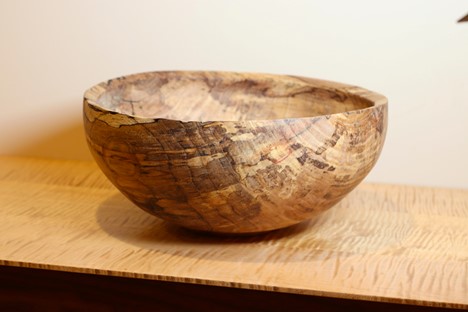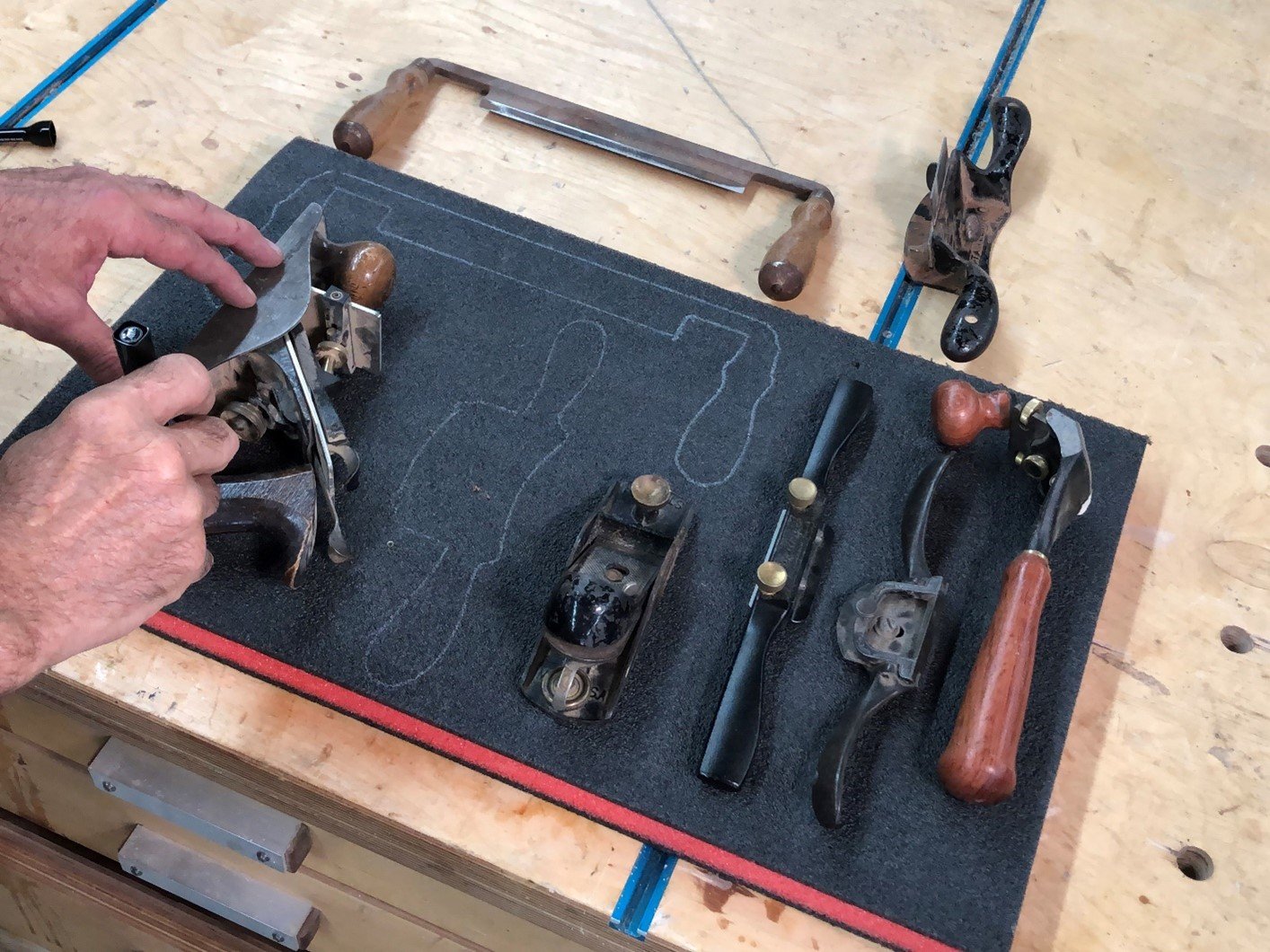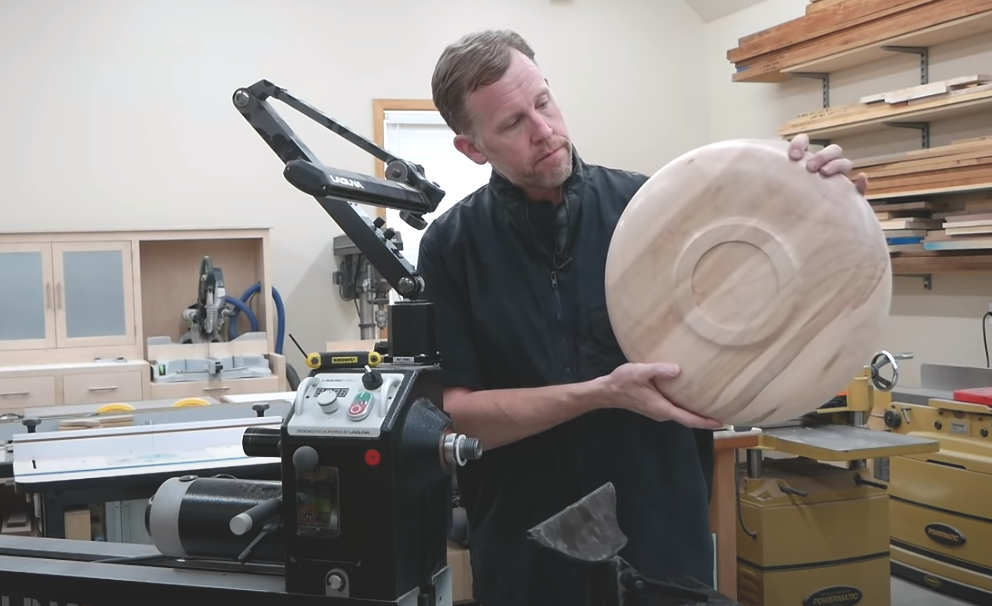Woodworking is the art of cutting, shaping, and joining wood into functional or decorative pieces. A craftsman could produce anything from heirloom furniture and cabinetry to signage – and their skill only advances with each project they complete.
A professional woodworker can take items from conception to reality using a variety of hand tools and power tools, as well as innovative technology like computer numerical control (CNC) machines. With these capabilities, they can turn their passion for creativity into a profitable business. Learn more about woodworking with CNC in this guide.
Subsets and Types of Woodworking
- General Woodwork
- Cabinet Making
- Furniture Making
- Wood Engraving
- Guitar Making
- Sign Making
To go even further, some craftsmen prefer to use certain methods. While some use power tools or a combination of power and hand tools, other artisans may only use hand tools to meticulously create one-of-a-kind items.
Other techniques can empower greater precision and speed with woodworking, such as CNC machines. This technology can also cut, carve, and mill many materials in addition to wood products, such as metal, plastic, and foam. At Laguna Tools, we offer multiple CNC models to address specific types of production, including desktop varieties such as the IQ Pro CNC and full-size models such as our Smartshop II Elite CNC, capable of working with a 4x8 material size in a production setting.
 The Duality of Woodworking Tools
The Duality of Woodworking Tools
 Eight Key Fundamentals Woodworkers Must Know
Eight Key Fundamentals Woodworkers Must Know

Using CNC Machines for Woodworking
Professional woodworkers and expert hobbyists automate processes and minimize workloads using state-of-the-art technology like CNC machinery. A CNC machine can cut virtually anything you can design. This includes furniture, signage, cabinetry, and more. Some of the advantages of using woodworking CNC machines include:
- Reduced human error
- Less material waste
- Lower timeline to completion
- Greater cost efficiency
- Higher level of precision
- Easier product replication
Here are a few things to consider when selecting the right CNC for your shop:
- Size and performance matter: Your CNC machine should fit within your woodshop with room to spare for raw material handling and have the capabilities you need to work effectively.
- Meet demand: Make sure your machine can handle your woodshop's level of output.
- Get familiar with CNC software: Your machine takes your programmed design and translates it to the manufacturing process via computer software. Knowing your program well lets you make the most of your investment and its capabilities.
- Use the right bits: Having the right bits and accessories on hand helps ensure each project comes out just right.
- Get a dust collector: The more products you make, the more dust accumulates in your woodshop. A high-volume dust collector helps maximize the lifespan of your machinery and makes your shop a more pleasant place to work.
Explore Our Woodworking CNC Machinery
See our collection of CNC machines and routers for woodworking. Increase your production efficiency drastically and speed up your woodworking projects.
FAQs:
- What are the basics of woodworking?
Woodworking involves understanding lumber types, having the right tools for the job, and honing the skills necessary to bring your vision to fruition. - Can I teach myself woodworking?
Yes, woodworking is a highly teachable skill. You can teach yourself, learn from a mentor, or take classes. - What should a beginner build in woodworking?
Great beginner projects are small, simple designs, such as benches, crates, wall shelves, and side tables. - What skills are needed for woodworking?
Woodworkers need a basic understanding of math and geometry. They should also have good dexterity, mechanical abilities, and problem-solving skills. - How long does it take to become a woodworker?
Becoming a proficient woodworker can take months or years, depending on the person's availability, training, and level of experience in hands-on work. - What are the most popular woodworking projects?
Popular woodworking projects can include wine racks, cutting boards, coffee tables, bookcases, jewelry boxes, cabinetry & signage. - What's the difference between CNC and traditional woodworking techniques?
Traditional woodworking is user-guided, performed with hand tools or power tools. CNC woodworking is automated thanks to computerized technology. - Can I use CNC machines for carving and engraving wood?
Yes, CNC machinery can carve and engrave intricate designs into wood and other materials. - How much do CNC machines for woodworking cost?
Costs vary depending on machinery type and capability. CNC machines can range from $8,000 for an entry-level or desktop unit, to upwards of $100,000 for high production models. - What are the benefits of using a CNC for woodworking?
CNC routers help you achieve a higher volume of production more efficiently without reducing the quality and consistency of each cut. They’re also versatile enough to handle various types of wood. - Is learning to use a CNC router hard?
All CNC routers at Laguna Tools come with clear instructions on how to operate the machinery. They also include computer-aided design and drafting (CAD) software that helps you visualize potential constructions before you turn on the router and get to work.
Begin Your Journey into Woodworking
With years of experience in woodworking as a hobby, you may wish to take your expertise and turn it into a business. Or, if you already have a woodworking shop, you may want to expand your business with techniques that enhance your skills. In either case, you’ll find that CNC router machines help you accomplish many goals with woodworking.
At Laguna Tools, we offer industry-leading CNC machines and other equipment for woodworking, metalworking, cabinet-making, and sign-making. Additional resources and tutorials for woodworkers and CNC machinery are available. Contact us for more information.
